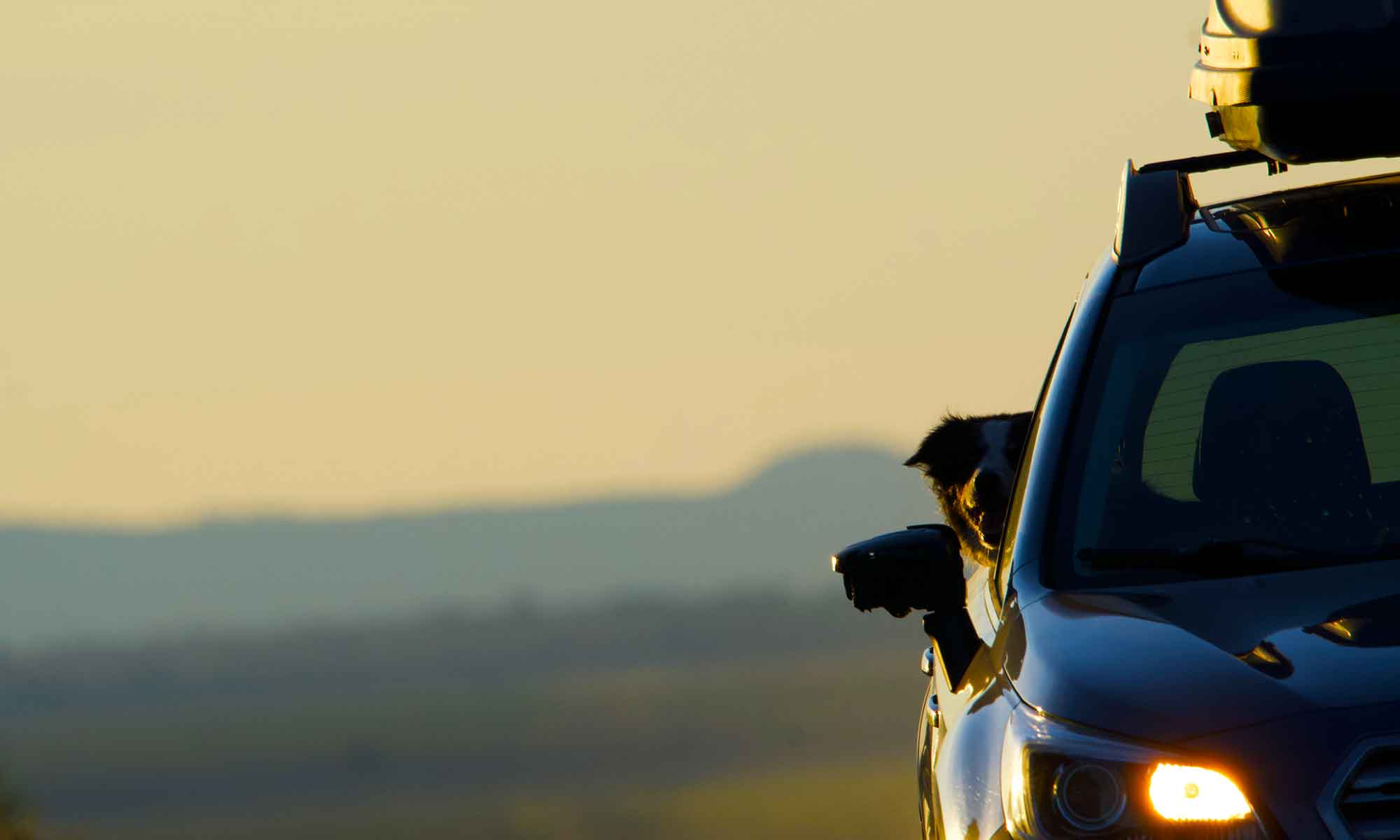
High Desert seasons can bring extremes. Here in the shadow of the Cascades, we experience frequent weather changes. Within days of a snowfall, our sky can clear to a brilliant blue, ensuring even lower temperatures for the next few days.
We monitor the weather on a daily basis, and more so when heading out on an outing.

So now we find the day is sunny, dry . . . and cold. In this weather interval we visit places that offer relief from the chill. A regular spot on a winter’s day is the Oregon High Desert Museum.
The traveling exhibit that caught our interest, this fall, deals with disaster and homelessness. A day pass, which can be checked out online from the Library, makes it practical to take in a single exhibit.
A desert tortoise, a porcupine and a family of otters usually get our attention. But there are regularly changed exhibit spaces, as well as an art installation in the lobby gallery which are often worth checking out. Online and emailed monthly newsletters alert us to interesting shows.

This Fall they filled a gallery with concepts on Survival Architecture. This traveling exhibit came from a California nonprofit who asked artists and designers to offer solutions to a growing worldwide housing problem.
The fact that homelessness has been trending in the news is only part of it. Making use and re-use of materials was also a major theme.

As part of the project to make lightweight structures “Cardborigami” designer Tina Hovsepian offers a four step path out of homelessness. Something Oregon’s new Governor might want to visit.
-
- Provide participants with immediate shelter and privacy/ownership
- Provide connections to services and tools to re-integrate people into society
- Provide permanent housing
- Help individuals sustain housing through jobs and entrepreneurial opportunities.
There were lots of interesting design concepts around ocean and water based structures. Another used the biomimetic principles of a spruce cone to design self opening window ports.
On a more practical note Chilean architect, Alejandro Aravena offers, what I consider a brilliant concept.
Customizing a shelter to personal needs makes these cookie cutter buildings seem more like a home . . . giving value to the housed, as well as the homeless.

The High Desert Museum is always a great spot to spark some discussion around nature, art and environment.
On top of being a warm and inviting, the museum is set on 135 acres of High Desert plateau which you can explore even on a cold December day.












 We try to make it over to the High Desert Museum at least once a quarter, which is how often they change out exhibitis.
We try to make it over to the High Desert Museum at least once a quarter, which is how often they change out exhibitis. The most recent one is a collect of journal drawing from a Japanese internee and it was extremely interesting. A totally unique look at the shameful treatment our government pushed on American’s of asian descent during the second world war.
The most recent one is a collect of journal drawing from a Japanese internee and it was extremely interesting. A totally unique look at the shameful treatment our government pushed on American’s of asian descent during the second world war.


 The museum’s curated projects go beyond the boundaries of their exhibit space set on 135 acres south of Bend. One of these events is a lecture series held at McMenamins Old St. Francis School.
The museum’s curated projects go beyond the boundaries of their exhibit space set on 135 acres south of Bend. One of these events is a lecture series held at McMenamins Old St. Francis School. This past week we learned about “First Foods Management with a River Vision.” Eric Quaempts, Director of Natural Resources for the Confederated Tribes of the Umatilla Indian Reservation, spoke about a unique approach to water management and natural resource development. His department makes decisions based on the concept of water being a First Food; water, fish, game, roots and berries.
This past week we learned about “First Foods Management with a River Vision.” Eric Quaempts, Director of Natural Resources for the Confederated Tribes of the Umatilla Indian Reservation, spoke about a unique approach to water management and natural resource development. His department makes decisions based on the concept of water being a First Food; water, fish, game, roots and berries.





